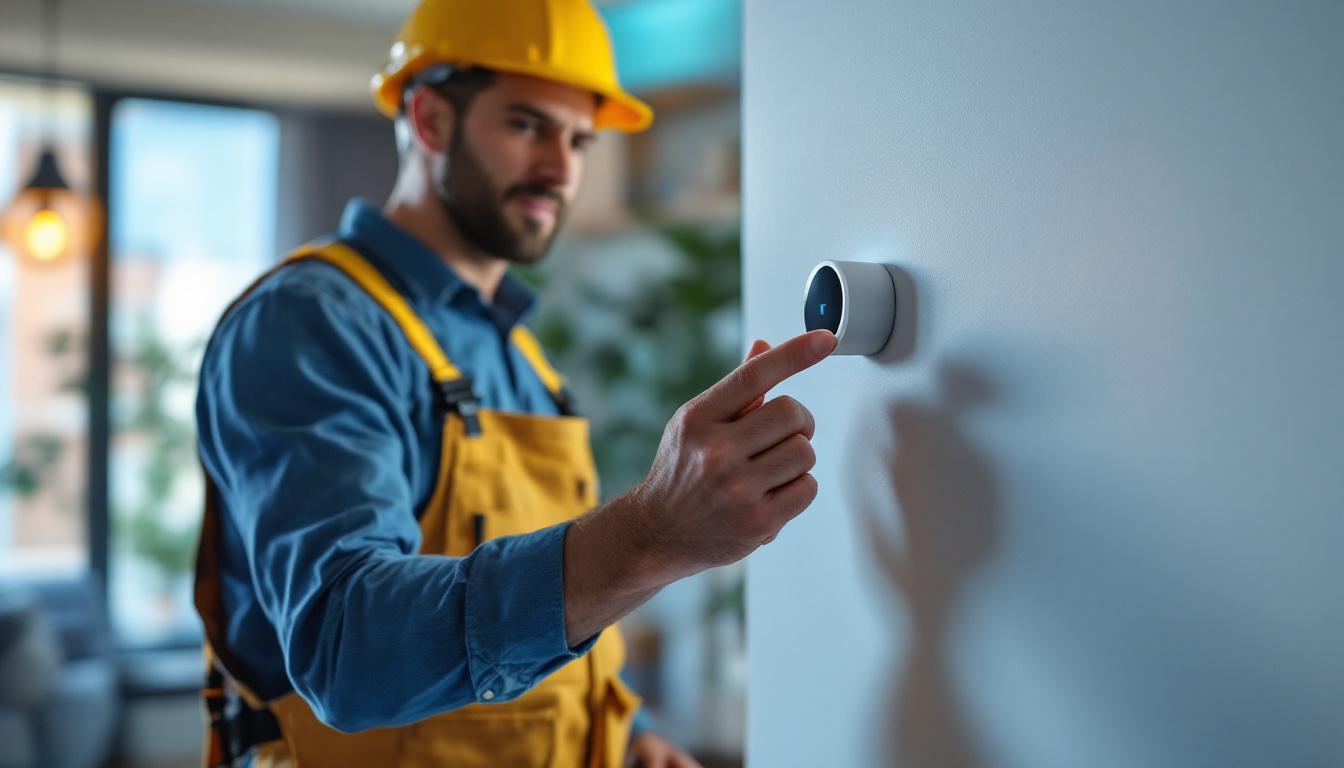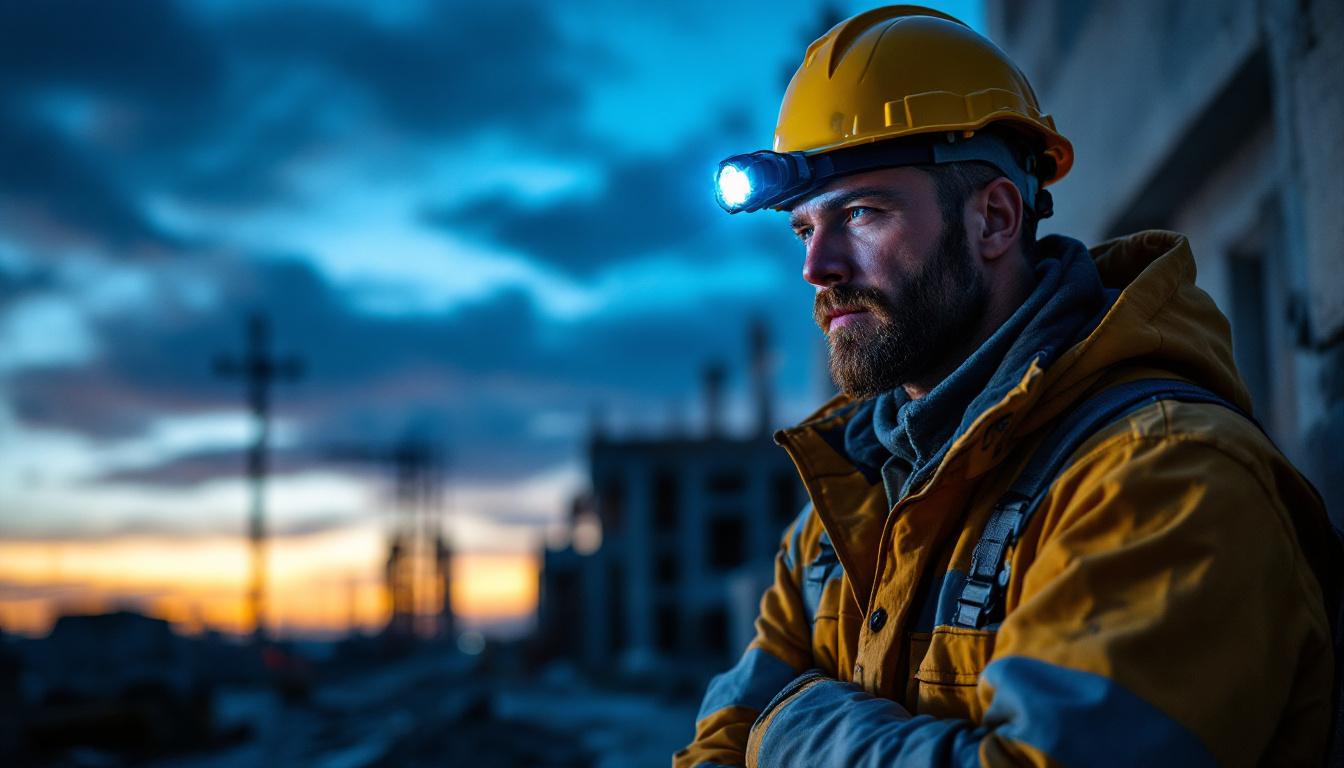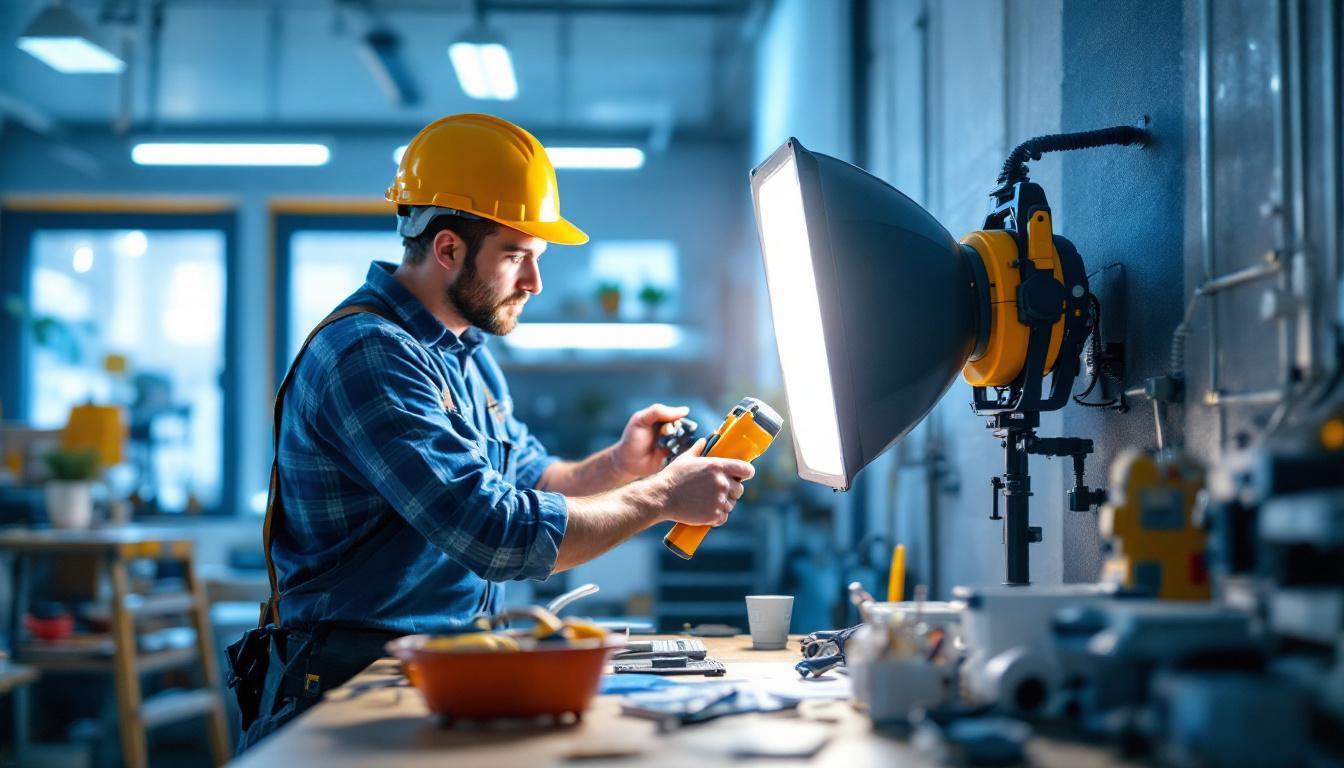
The integration of smart technology into residential and commercial lighting systems has transformed the way lighting contractors approach their projects. One of the most innovative products in this domain is the Nest Movement Sensor, which offers advanced features for automating lighting based on occupancy. However, while the benefits of using such technology are clear, there are several challenges that lighting contractors face when incorporating these sensors into their designs and installations. Understanding these challenges is crucial for ensuring successful implementations and satisfied clients.
The Nest Movement Sensor is designed to detect motion and adjust lighting accordingly, providing both convenience and energy efficiency. This smart device can be integrated with various lighting systems, allowing for seamless automation. However, its advanced features also come with complexities that contractors must navigate.
One of the primary advantages of the Nest Movement Sensor is its ability to learn user habits over time. This means that it can adjust lighting based on when spaces are typically occupied, which can lead to significant energy savings. Moreover, the sensor can be controlled remotely via a smartphone app, offering users greater flexibility and control over their lighting environment.
Another notable feature is its compatibility with other smart home devices. This interoperability allows for a more cohesive smart home experience, where lighting, security, and climate control systems can work together. For contractors, this presents an opportunity to offer clients a comprehensive solution that enhances their living or working spaces. The sensor can also be programmed to work in conjunction with security cameras, providing an additional layer of safety by illuminating areas when motion is detected, thus deterring potential intruders.
While the benefits are compelling, the installation of the Nest Movement Sensor is not without its challenges. Proper placement is critical to ensure optimal performance. Contractors must consider factors such as the layout of the space, potential obstructions, and the sensor’s range of detection. Incorrect placement can lead to false triggers or missed detections, undermining the system’s effectiveness.
Additionally, contractors must be familiar with the specific requirements for wiring and connectivity. Ensuring that the sensor is properly integrated into the existing lighting system may require additional modifications or upgrades, which can complicate the installation process. Furthermore, understanding the nuances of the sensor’s settings, such as sensitivity adjustments and scheduling options, is crucial for tailoring the system to meet the unique needs of each client. This attention to detail not only enhances user satisfaction but also positions contractors as knowledgeable professionals in the rapidly evolving smart home market.
Integrating the Nest Movement Sensor into existing lighting systems can pose several technical challenges. These challenges often stem from the varying degrees of compatibility with different lighting technologies and the need for a robust network infrastructure.
One of the most significant challenges is ensuring compatibility with various lighting fixtures and control systems. Not all lighting systems are designed to work with smart sensors, and contractors must assess whether the existing infrastructure can support the new technology. This may involve upgrading to compatible fixtures or control systems, which can increase project costs and timelines.
Moreover, contractors must consider the types of bulbs being used. For instance, LED fixtures may require specific drivers or dimming capabilities to work effectively with the Nest Movement Sensor. Understanding these nuances is essential for successful integration. In some cases, older incandescent or fluorescent fixtures may not support the advanced features of the sensor, necessitating a complete overhaul of the lighting system. This can lead to additional considerations, such as energy efficiency and the environmental impact of replacing older systems with newer technologies.
The Nest Movement Sensor relies on a stable Wi-Fi connection for optimal performance. Contractors must ensure that the network infrastructure in the installation environment is robust enough to support multiple smart devices. This may involve assessing the strength of the Wi-Fi signal in various areas and potentially installing additional access points to enhance coverage.
Additionally, contractors should be aware of potential interference from other devices, which can disrupt the sensor’s functionality. It is crucial to conduct thorough assessments of the network environment before installation to mitigate these risks. Factors such as the layout of the building, the materials used in walls and ceilings, and the presence of other electronic devices can all affect Wi-Fi performance. Furthermore, implementing a dedicated network for smart devices can help minimize interference and ensure that the Nest Movement Sensor operates reliably, thus enhancing the overall user experience.
Another challenge that lighting contractors face is managing client expectations and providing adequate education about the Nest Movement Sensor. Many clients may have preconceived notions about smart technology that do not align with the reality of its capabilities and limitations.
Clients often expect smart sensors to work flawlessly and without any need for adjustments. However, it is essential for contractors to communicate that while the Nest Movement Sensor is highly effective, it may require fine-tuning to achieve optimal results. This includes adjusting sensitivity settings and placement based on the specific characteristics of the space.
Furthermore, clients should be informed about the potential need for ongoing maintenance and updates, as smart technology can evolve over time. Providing a clear understanding of what to expect can help prevent dissatisfaction and foster a positive relationship between the contractor and the client. For instance, discussing the importance of regular software updates can help clients appreciate the value of keeping their devices current, which can enhance performance and security.
To ensure that clients can fully leverage the benefits of the Nest Movement Sensor, contractors should offer comprehensive training on its use and features. This training should cover how to adjust settings, troubleshoot common issues, and integrate the sensor with other smart devices.
By empowering clients with knowledge, contractors can enhance user satisfaction and reduce the likelihood of issues arising from misunderstandings or misuse of the technology. This proactive approach can lead to long-term client relationships and repeat business. Additionally, providing written materials or video tutorials can serve as valuable resources for clients to refer back to after the initial training session. Such resources can reinforce the training and help clients feel more confident in managing their smart home systems independently.
Moreover, creating a feedback loop where clients can share their experiences and challenges can be beneficial. This not only allows contractors to address any concerns promptly but also helps in refining the training process for future clients. Engaging clients in this manner fosters a sense of community and support, making them feel valued and more likely to recommend the contractor’s services to others.
As with any smart technology, security is a significant concern for both contractors and clients. The Nest Movement Sensor, like other IoT devices, is vulnerable to cyber threats, and addressing these concerns is vital for successful installations.
Contractors must be aware of the potential security risks associated with smart sensors. These risks can include unauthorized access to the network, data breaches, and the possibility of the device being hacked. Educating clients about these risks is essential for building trust and ensuring they understand the importance of security measures.
Moreover, contractors should emphasize the importance of using strong, unique passwords for the network and the sensor itself. Encouraging clients to enable two-factor authentication can also enhance security and provide an additional layer of protection.
To mitigate security risks, contractors should adopt best practices during installation. This includes ensuring that the sensor’s firmware is up to date and that the network is secured with the latest security protocols. Regular maintenance checks can also help identify and address potential vulnerabilities before they become significant issues.
By prioritizing security, contractors can reassure clients that their investment in smart technology is safe and secure, ultimately leading to greater confidence in the overall system.
The landscape of smart lighting technology is continually evolving, and staying informed about future trends is essential for lighting contractors. Understanding these trends can help contractors anticipate challenges and adapt their services accordingly.
As technology advances, sensors are becoming increasingly sophisticated. Future iterations of movement sensors may incorporate features such as facial recognition or enhanced environmental sensing capabilities. These advancements could lead to even greater energy efficiency and personalization in lighting systems.
Contractors should stay abreast of these developments to offer clients the latest solutions and maintain a competitive edge in the market. This may involve attending industry conferences, participating in training sessions, and engaging with manufacturers to understand upcoming products and features.
Another trend to watch is the growing integration of smart lighting systems with broader smart home ecosystems. As more homeowners invest in smart technology, the demand for cohesive systems that work seamlessly together will increase. Contractors who can provide integrated solutions that connect lighting with security, HVAC, and other systems will be well-positioned to meet client needs.
This trend also emphasizes the importance of interoperability among devices. Contractors should familiarize themselves with various smart home platforms to ensure that the solutions they offer can integrate smoothly with clients’ existing systems.
The Nest Movement Sensor presents both opportunities and challenges for lighting contractors. While its advanced features can enhance the functionality and efficiency of lighting systems, the complexities of installation, integration, client education, and security cannot be overlooked. By understanding these challenges and proactively addressing them, contractors can ensure successful implementations that meet client expectations and contribute to the growing trend of smart technology in lighting.
Staying informed about industry trends and advancements will further empower contractors to navigate the evolving landscape of smart lighting technology, ultimately leading to greater success and client satisfaction in their projects.
Ready to tackle the challenges of smart lighting installations with confidence? At LumenWholesale, we provide lighting contractors with the high-quality, spec-grade lighting products you need at unbeatable wholesale prices. Say goodbye to inflated markups and hello to a vast selection of reliable, high-performance lighting solutions that meet the highest industry standards. With free shipping on bulk orders, you can stock up on premium lighting without any hidden fees or compromises. Elevate your lighting projects and delight your clients by choosing the perfect blend of quality, affordability, and convenience. Discover the best value in wholesale lighting by visiting Wholesale Lighting at the Best Value today.

Discover the hidden dangers behind a flickering light bulb and learn top strategies from expert lighting contractors to ensure your home’s safety.

Discover the top strategies lighting contractors use to select and utilize American-made headlamps.

Explore essential insights and expert tips for lighting contractors on selecting and installing outdoor yard lamps.

Discover the essential guide for lighting contractors with Maxfan.